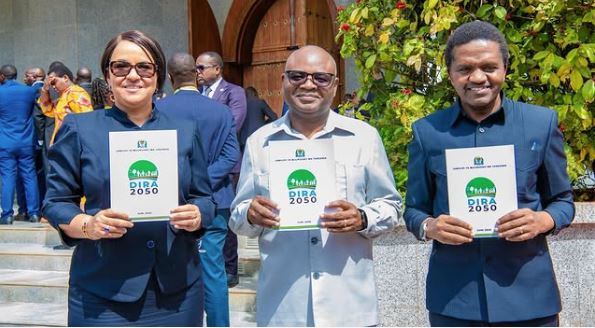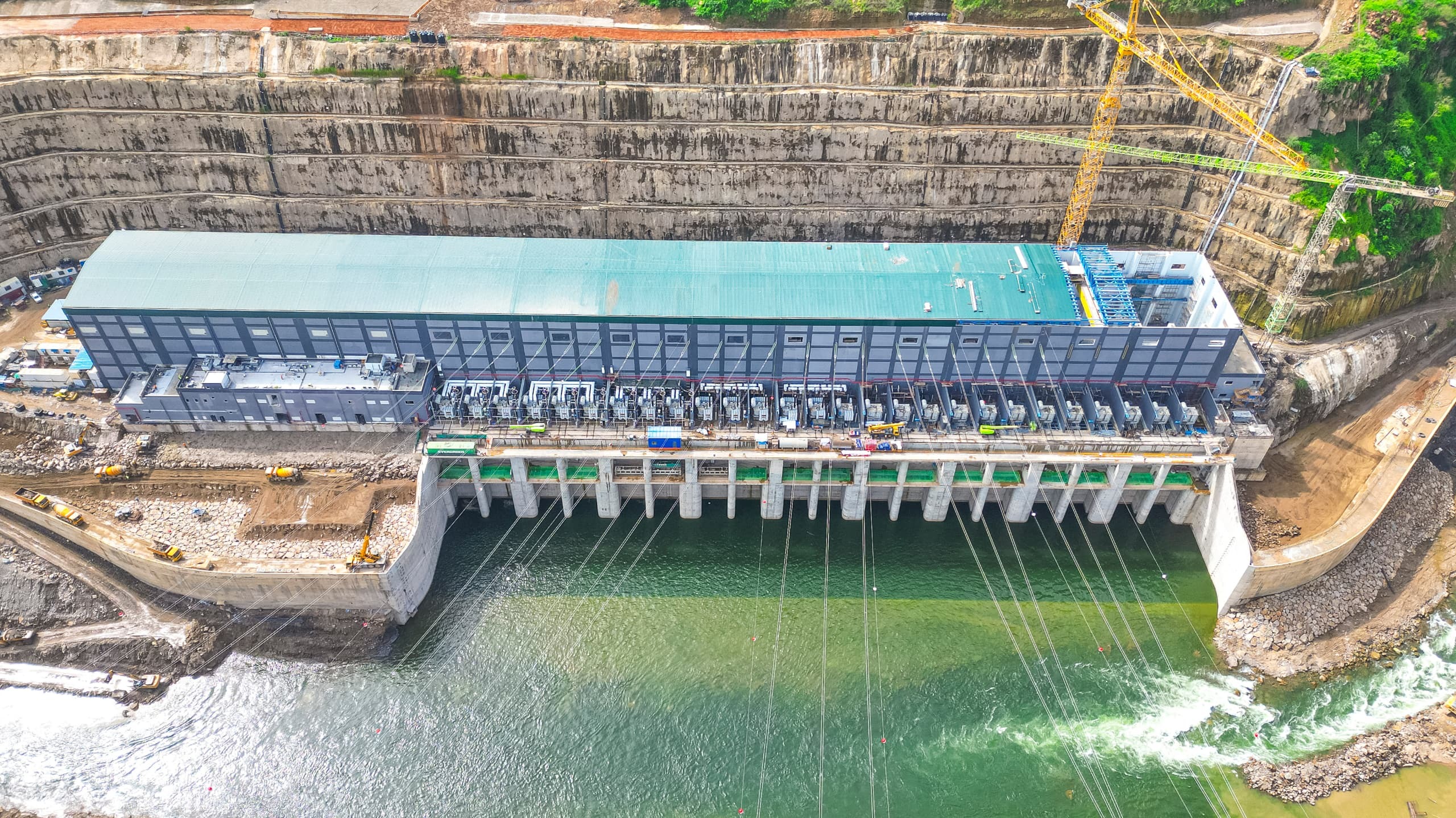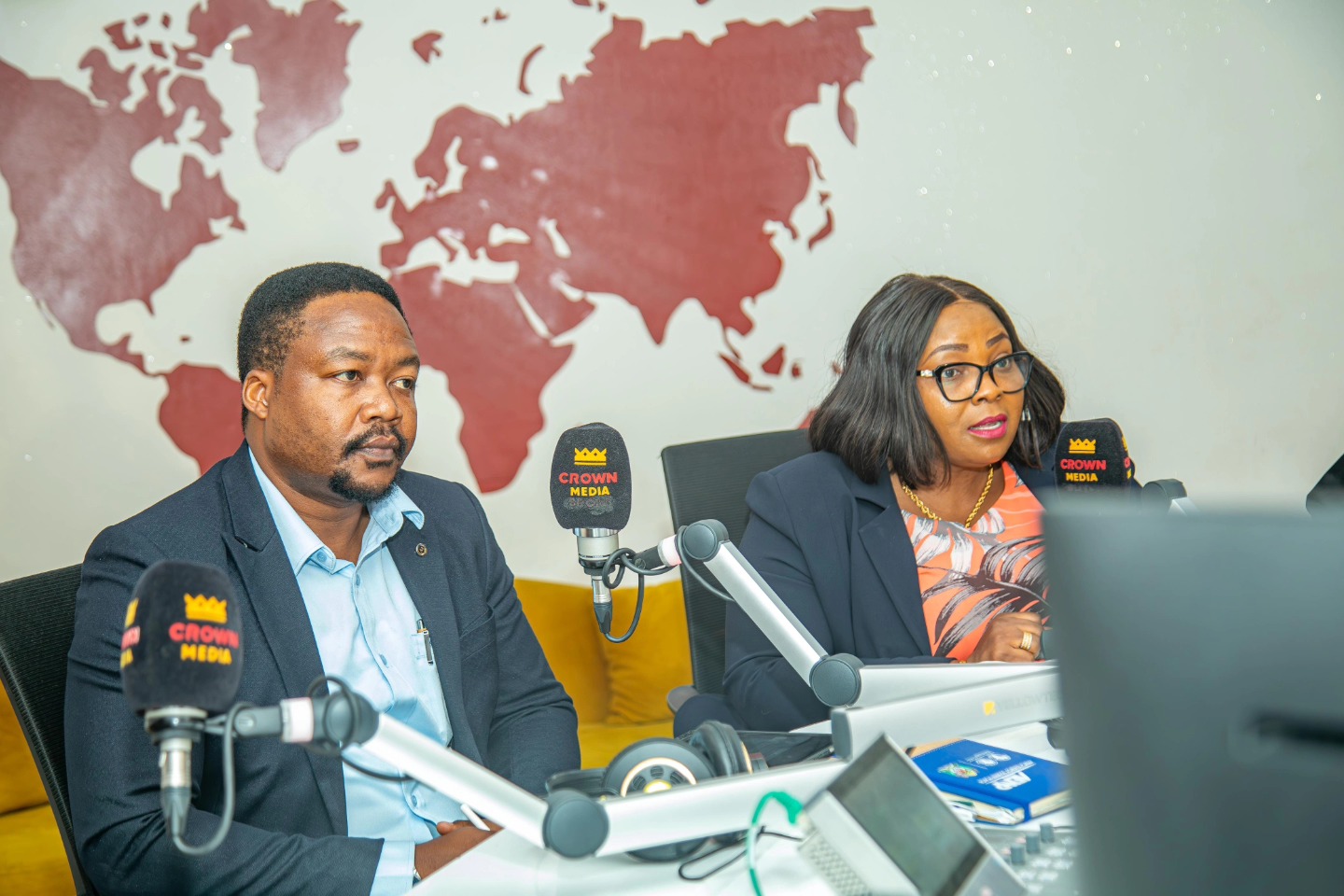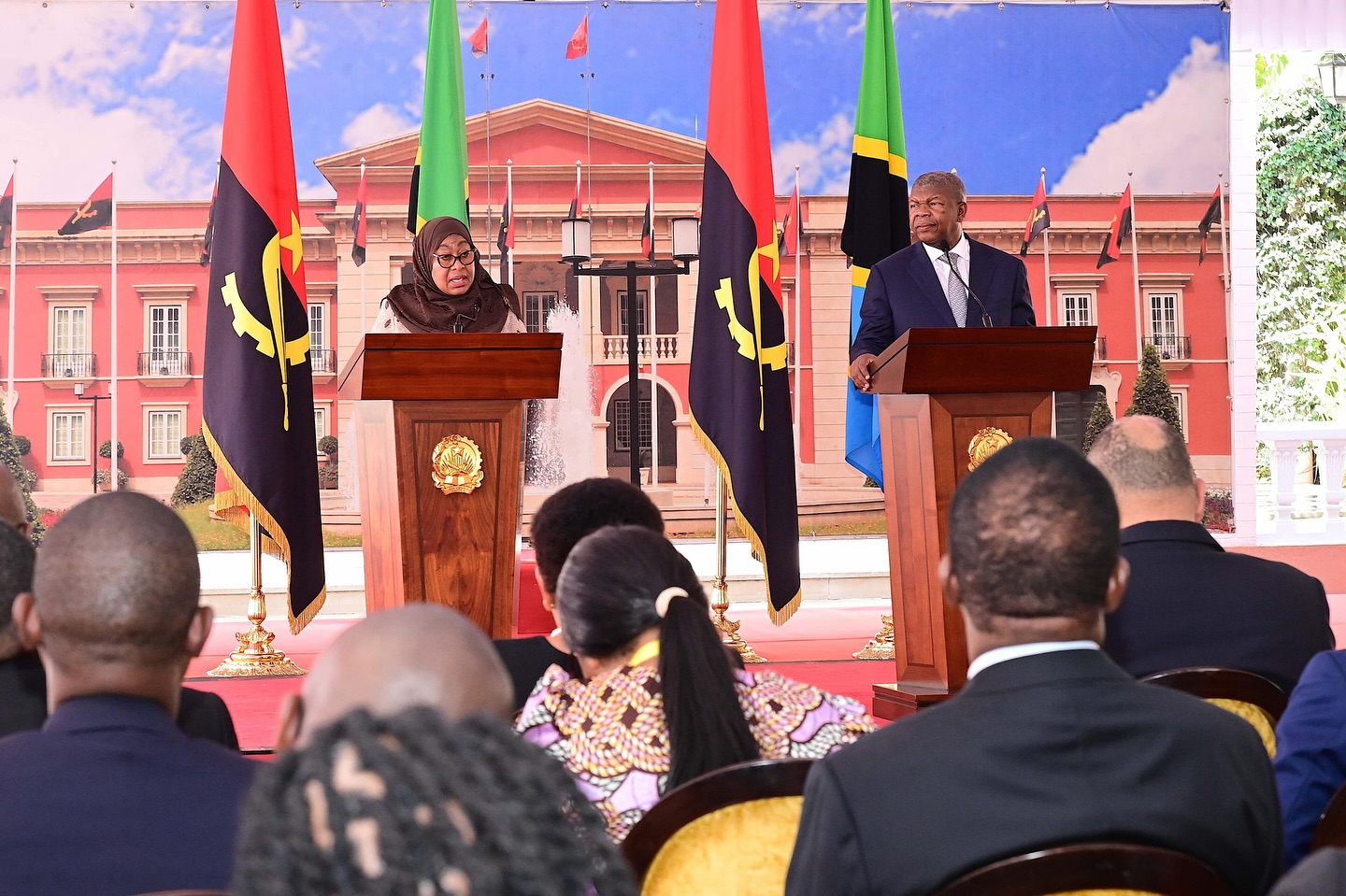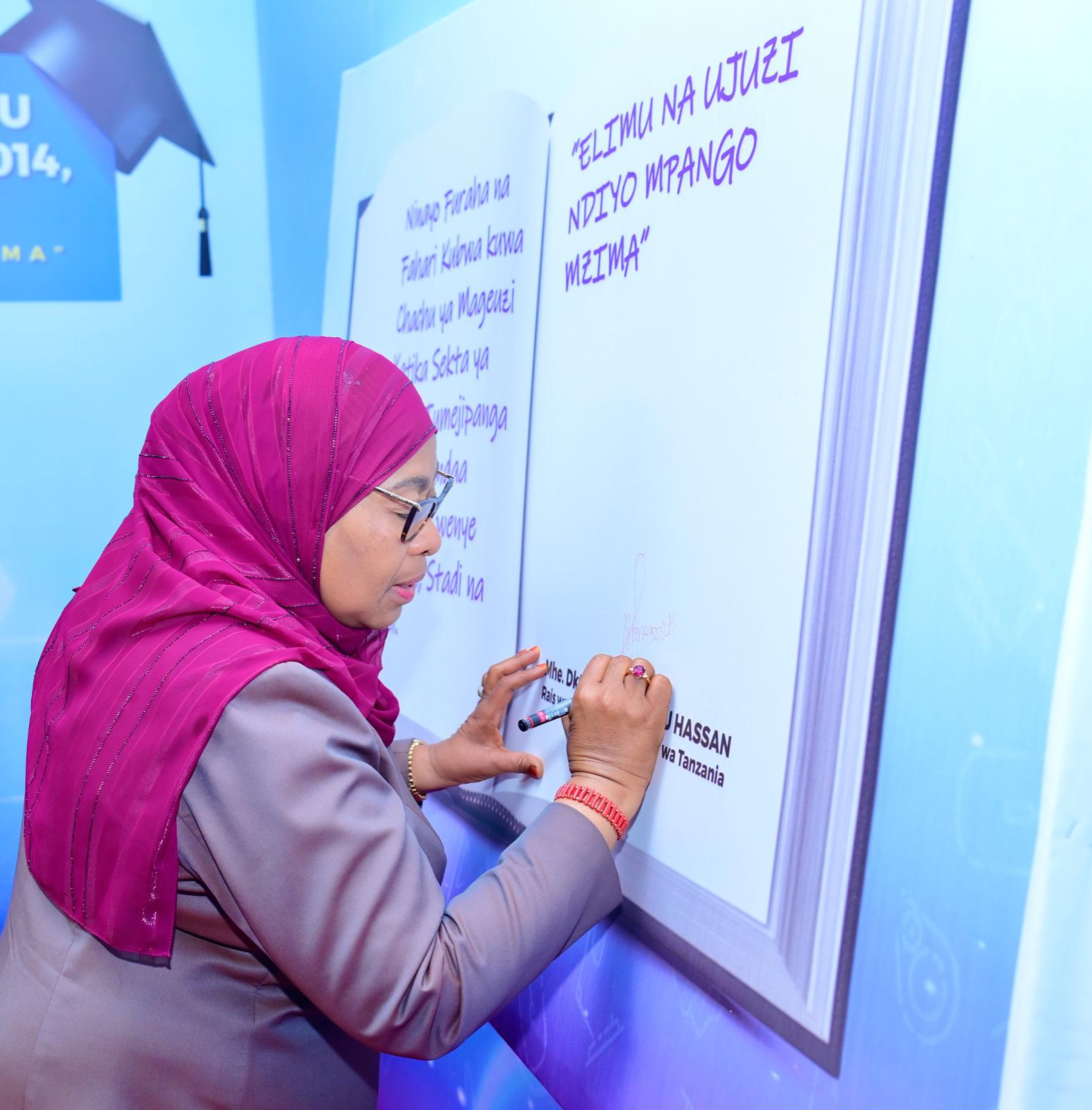Dar es Salaam. Tanzanian voters will have the opportunity to pass judgment on the performance of President Samia Suluhu Hassan and her administration at the upcoming General Election in October 2025.
However, a comprehensive analysis conducted by The BizLens from available statistics and reports indicates that President Samia’s leadership over the past four years has driven remarkable economic progress across all sectors, exceeding expectations.
Numbers do not lie, and these numbers will be pivotal in shaping history, potentially positioning President Samia as one of Tanzania’s most consequential leaders.
She unexpectedly assumed office on March 19, 2021, with little preparation, following the sudden death of her predecessor, President John Magufuli, during a time of immense domestic and global challenges.
Global crisis
At that time, the world was in lockdown due to the Covid-19 pandemic, which had been poorly managed in Tanzania, creating widespread anxiety and uncertainty about the future.
Tourism, Tanzania’s largest foreign exchange earner, had collapsed as global air travel ground to a halt, resulting in zero tourist arrivals.
The global economic stagnation, combined with the suspension of most international transport, brought growth and development across all sectors in Tanzania to a standstill.
As if the global pandemic was not enough, two successive wars—the Russia-Ukraine war and Israel’s invasion of Gaza—further worsened the situation.
These conflicts sent oil prices soaring, disrupting approved budgets and threatening to derail any hopes for a slow but steady recovery from the pandemic.
In short, the global economic crisis triggered by the pandemic, coupled with looming conflicts, posed a severe threat to Tanzania’s socio-economic rise, which had started in the previous decade, elevating the country to lower-middle-income status.
This rise accelerated into what is often referred to as the ‘Tanzanian Emergence,’ that was characterised by large-scale infrastructure projects launched under the late President Magufuli’s administration.
These projects included the standard gauge railway (SGR), the Julius Nyerere Hydroelectric Power Plant (JNHPP) and the Kigongo-Busisi Bridge, the longest in East Africa.
Other initiatives included the expansion of the ATCL fleet, the construction of roads, health infrastructure, and the provision of free primary education.
However, the global crises had dashed hopes not only of a better life but also the continuation of such grand projects.
Beyond expectations
Yet, four years later, what has transpired is little short of a miracle.
Electric trains are now running on the SGR tracks, and the JNHPP is feeding the national grid with electricity, only awaiting its grand official opening.
Tourism has reclaimed its status as the largest foreign exchange earner, with inflows increasing from $885.2 million in the year ending March 2021 to $3.93 billion in the year ending January 2025 , a remarkable 343.66 percent increase.
When President Samia assumed office, only about 70 percent of Tanzanian villages had access to electricity.
By March 2025, all 12,318 villages—100 percent—had been electrified.
In fact electricity generation has surged from 1,602.32 MW in 2021 to 3,077.96 MW.
Infant mortality has decreased from 556 per 100,000 live births to 104 per 100,000, surpassing the national target of 180, a 173 percent success rate.
The number of investment projects registered by the Tanzania Investment Centre increased to 901 from 207, a 150 percent rise.
President Samia has also expanded free education from Form Four to Form Six.
Macro-economic indicators
Despite the global turmoil, Tanzania’s macro-economic indicators show the country performing well above global and regional averages.
While global economic growth is forecast to remain modest at 3.2 percent in 2024, according to the International Monetary Fund, Tanzania’s GDP growth is projected to be 5.6 percent in 2024 well above the global average and up from 4.3 percent in 2021.
This strong performance is largely attributed to the government’s continued investment in infrastructure, including transport, energy, water, healthcare, and education, as well as increased loan accessibility.
The global economy is expected to grow by 3.3 percent in 2025, while Tanzania’s projections are far more bullish at 6.0 percent.
The fiscal performance has also been impressive.
The national budget allocation has increased from Sh36.68 trillion in the 2021/22 financial year to Sh49.35 trillion in the 2024/25 financial year, an increase of 12.7 trillion.
Tax collection has risen from Sh26.03 trillion in 2021/22 to a projected Sh33.34 trillion in 2024/25.
President Samia has also effectively managed inflation, with the average annual headline inflation rate falling from 3.7 percent in 2021/22 to 3.1 percent in 2024.
A nod from business leaders
President Samia’s steady stewardship of the economy has earned the accolades of business leaders.
The PwC 28th Annual Global CEO Survey: Tanzania Perspective – From Resilience to Reinvention, released recently, highlights Tanzania’s steady economic growth and stable inflation as key factors driving optimism among business leaders.
According to the report, 81 percent of Tanzanian CEOs are confident about the country’s economic outlook over the next 12 months.
This sentiment mirrors 2024’s outlook in which a similar percentage (81%), expressed confidence in Tanzania’s economic outlook, reaffirming the strong confidence Tanzanian CEOs have in the local economy.


